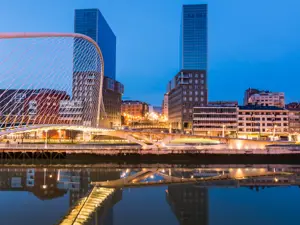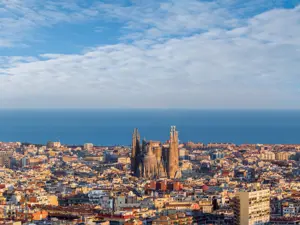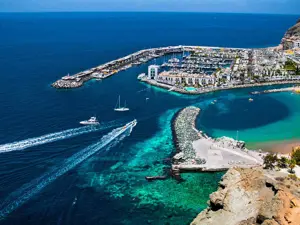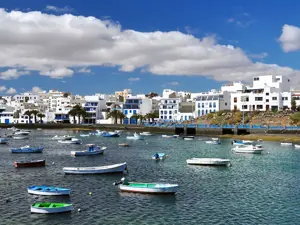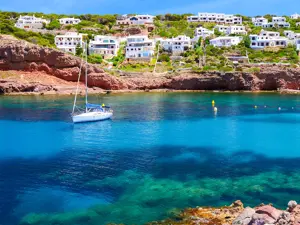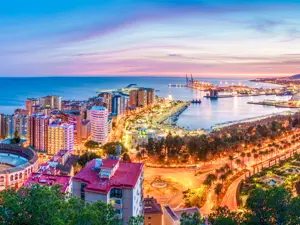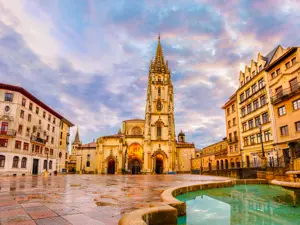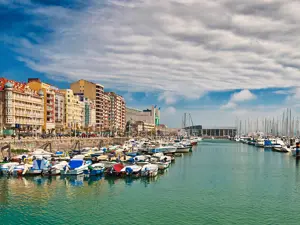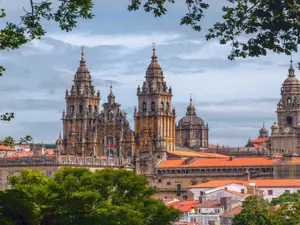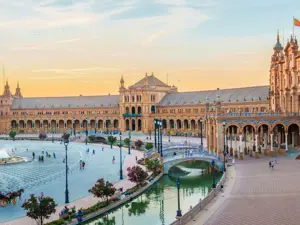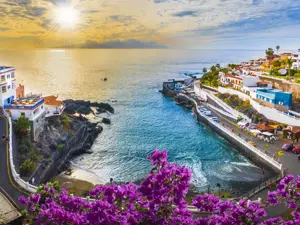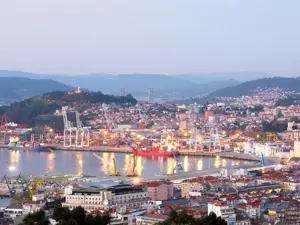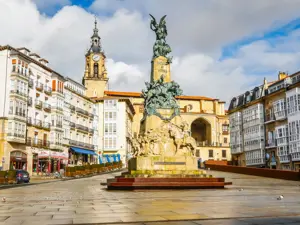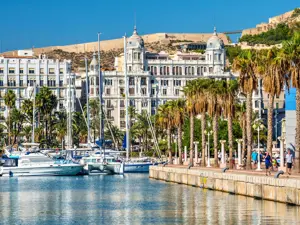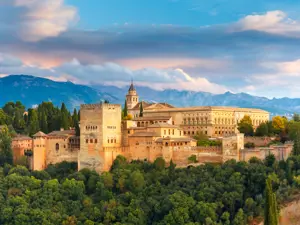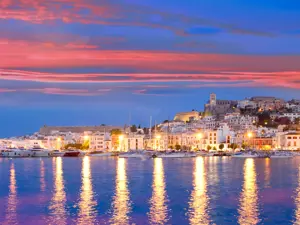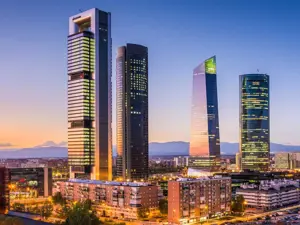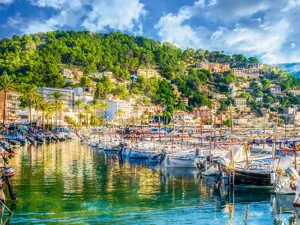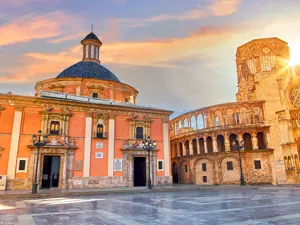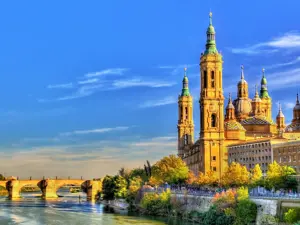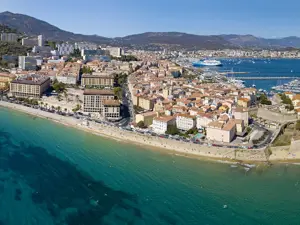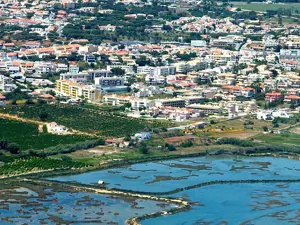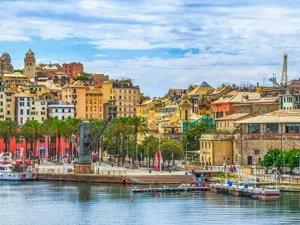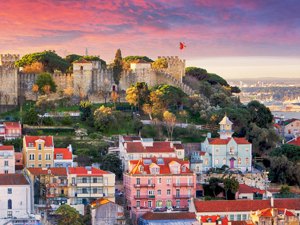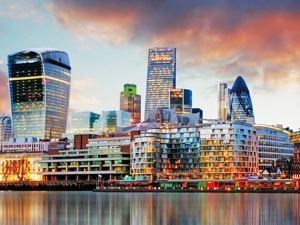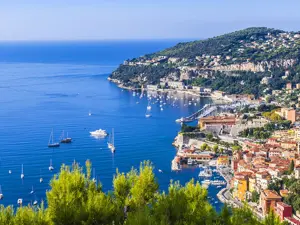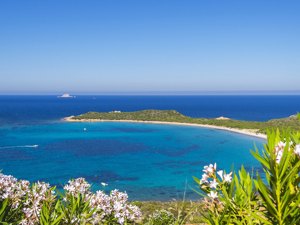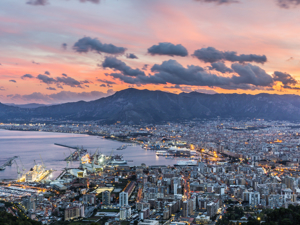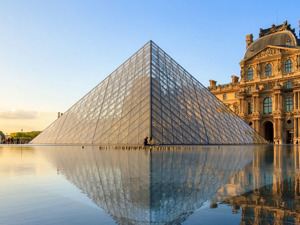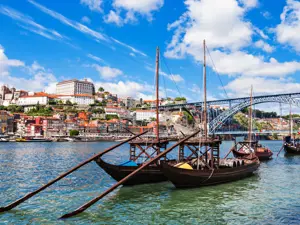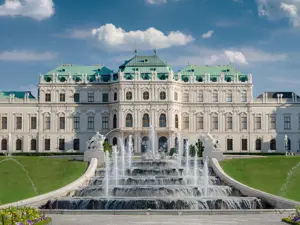The Pearl of the Costa del Azahar
The Spanish city of Castellón de la Plana, the capital of the eponymous province of La Plana, is located on the Costa del Azahar in the Autonomous Community of Valencia. Overlooking the sea with beaches and green hills ideal for various outdoor sports, the city is lively and modern yet careful to preserve its history and ancient traditions.
The original settlement of the city was on the hill of Castell Vell, where today the ruins of the castle of the same name can be found. In 1251, King Jaume I granted the city permission to move to its current location, which took place on the third Sunday of Lent in 1252, and since then, the Magdalena Festival has been celebrated in honor of the city's foundation.
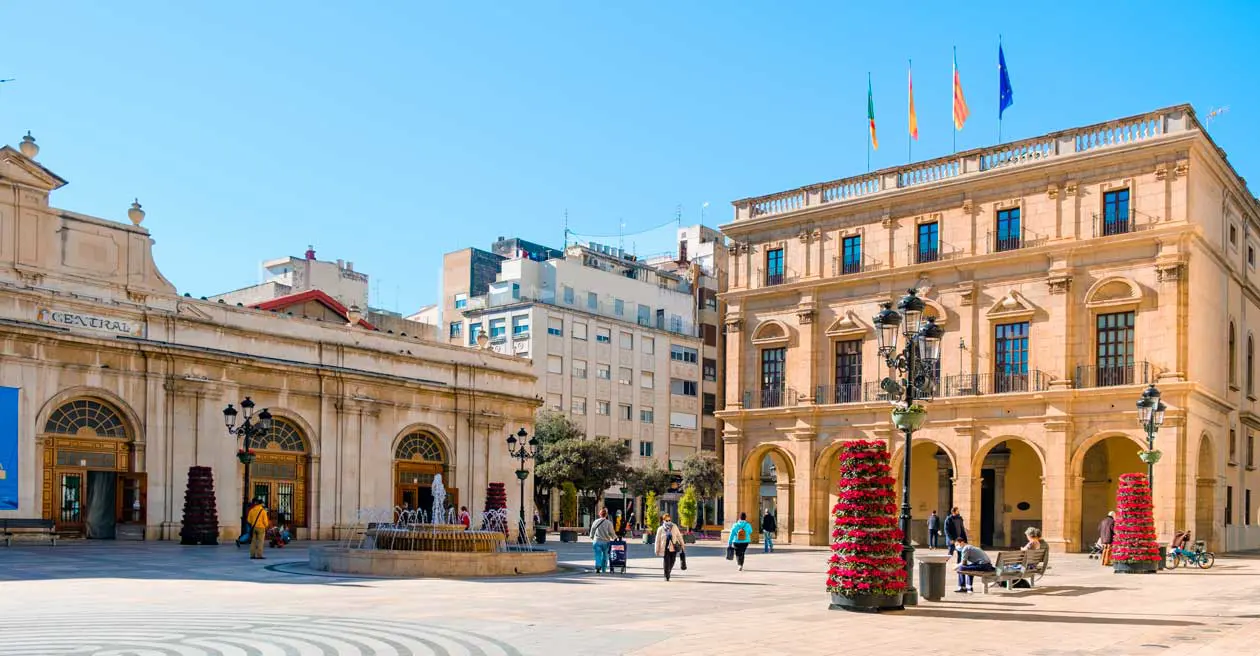
Over the years, the city has developed into three distinct parts: the picturesque historic center, the modern part with residential neighborhoods, and the seafront area known as Grau. The historic center, home to the city's most significant monuments, holds a thousand-year history with historic sites, ancient palaces, and museums. Strolling through Plaza Mayor, the heart of the city center, one admires the Town Hall, dating back to the late 17th century, a classic Italian-style building that houses sculptures, paintings, and frescoes from the 19th and 20th centuries.
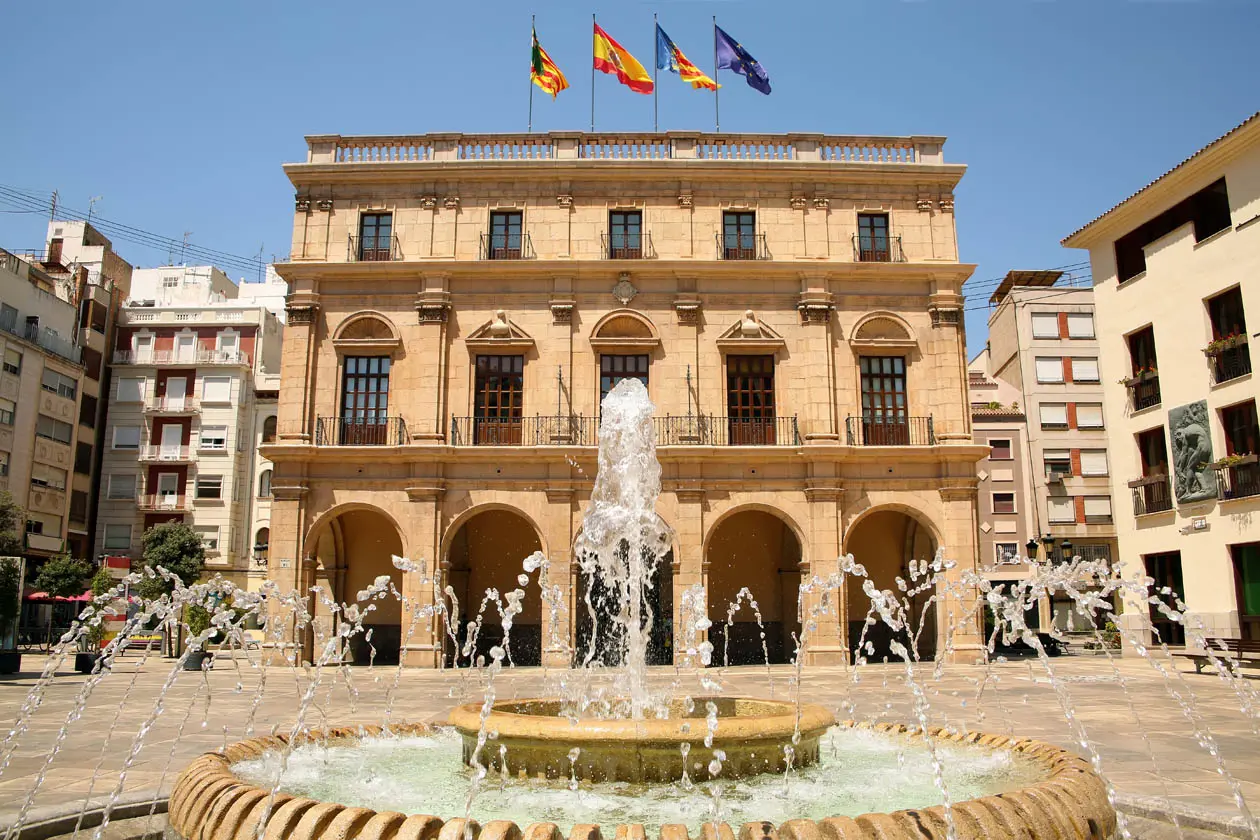
Additionally, the Co-Cathedral of Santa María la Mayor has been part of the diocese of Segorbe-Castellón since 1960, retaining three entrance doors and a relief of Saint Michael from the original 13th-century Gothic church. Beneath the high altar, it houses relics of saints and blessed figures, including San Pascual Baylón and Saint Vincent Ferrer.
Plaza Mayor also features one of the city's symbols, the El Fadrí Bell Tower, architecturally bare, with a 60-meter-high octagonal tower and a climb of 200 steps. The construction of the bell tower began in the mid-15th century and was completed in 1604.
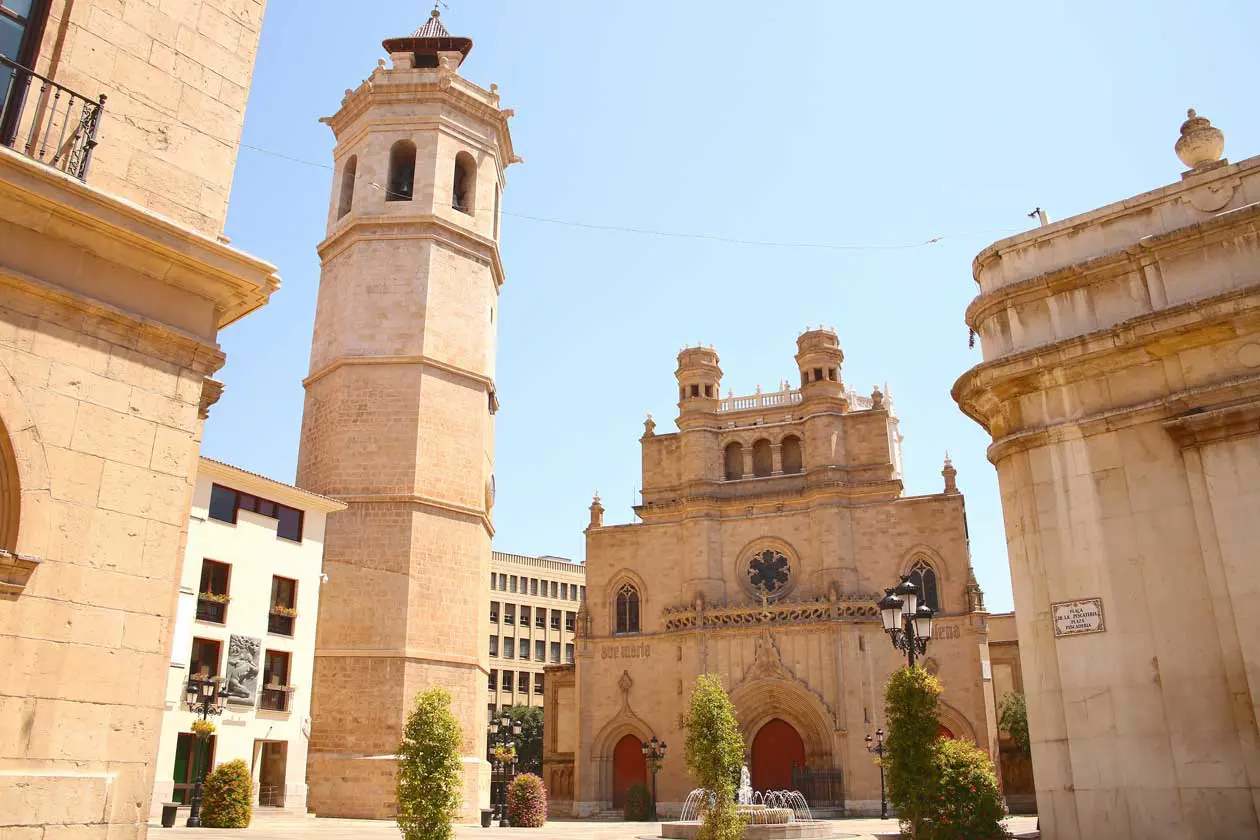
El Fadrí Bell Tower and the Cathedral of Santa María la Mayor of Castellón de la Plana Photo: Copyright © Sisterscom.com / Depositphotos
The Basilica of Lledó, which houses the Virgin of Lledó, stands at the end of the avenue of the same name where, according to tradition, a small 6 cm image was found, now kept inside. The church is in the Tuscan Renaissance style from 1572, while the 18th-century reconstruction was carried out by architects Gascó and Argente and today is the largest rural sanctuary in the Valencian region. Meanwhile, the Church of the Purísima Sangre stands near the sumptuous building of the Provincial Council, erected between 1948 and 1953 with the main facade facing Plaza de las Aulas. The church is small, with a single nave, and was destroyed in 1936 and rebuilt in 1956 with lavish interior decorations.
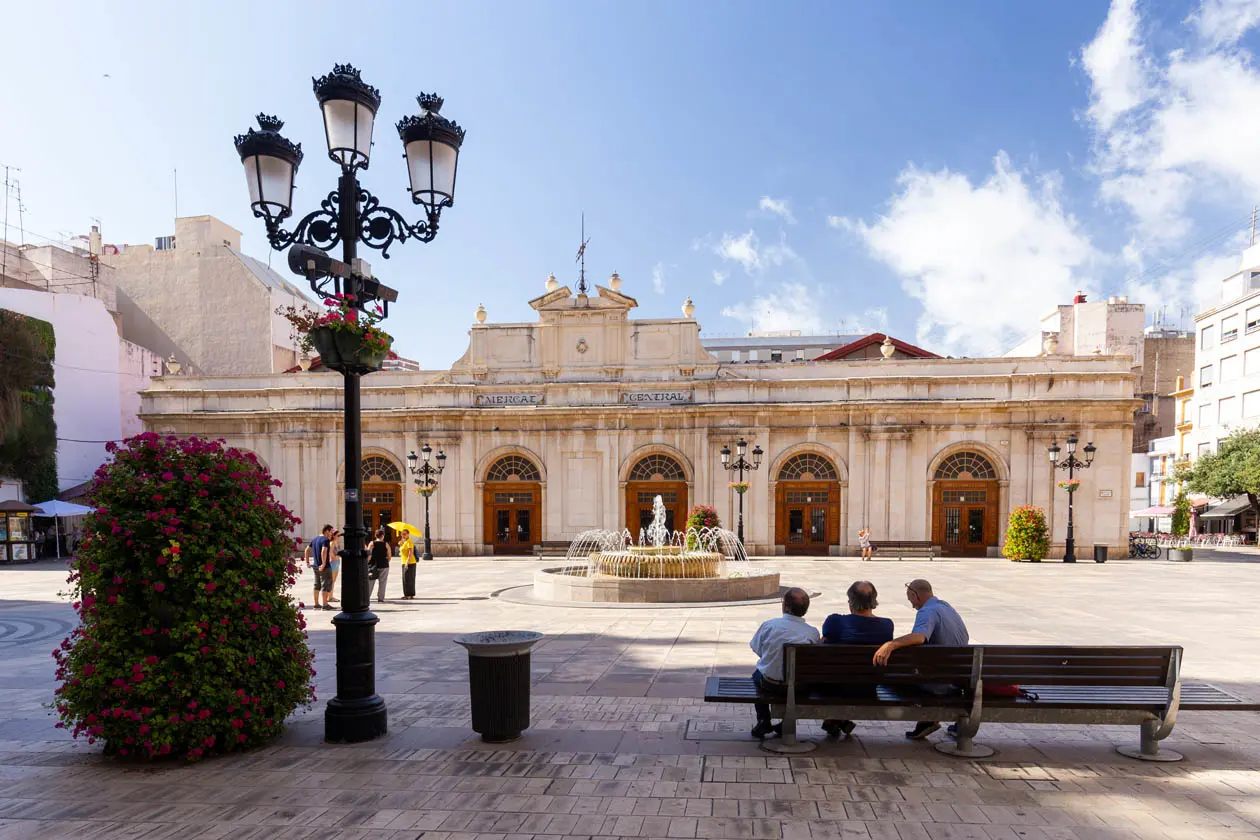
The architecture of the Central Market, located next to the Church of Santa María, is also interesting. It is a major focal point of the city, selling products from the gardens of Castellón and the coastline. Next to the Central Market is Plaza Santa Clara (where for three centuries the convent of the nuns of Santa Clara stood), a meeting point for events, fairs, exhibitions, or gastronomic markets, and which houses a sculpture by the sculptor Llorens Poy at its center commemorating historical figures of the city.
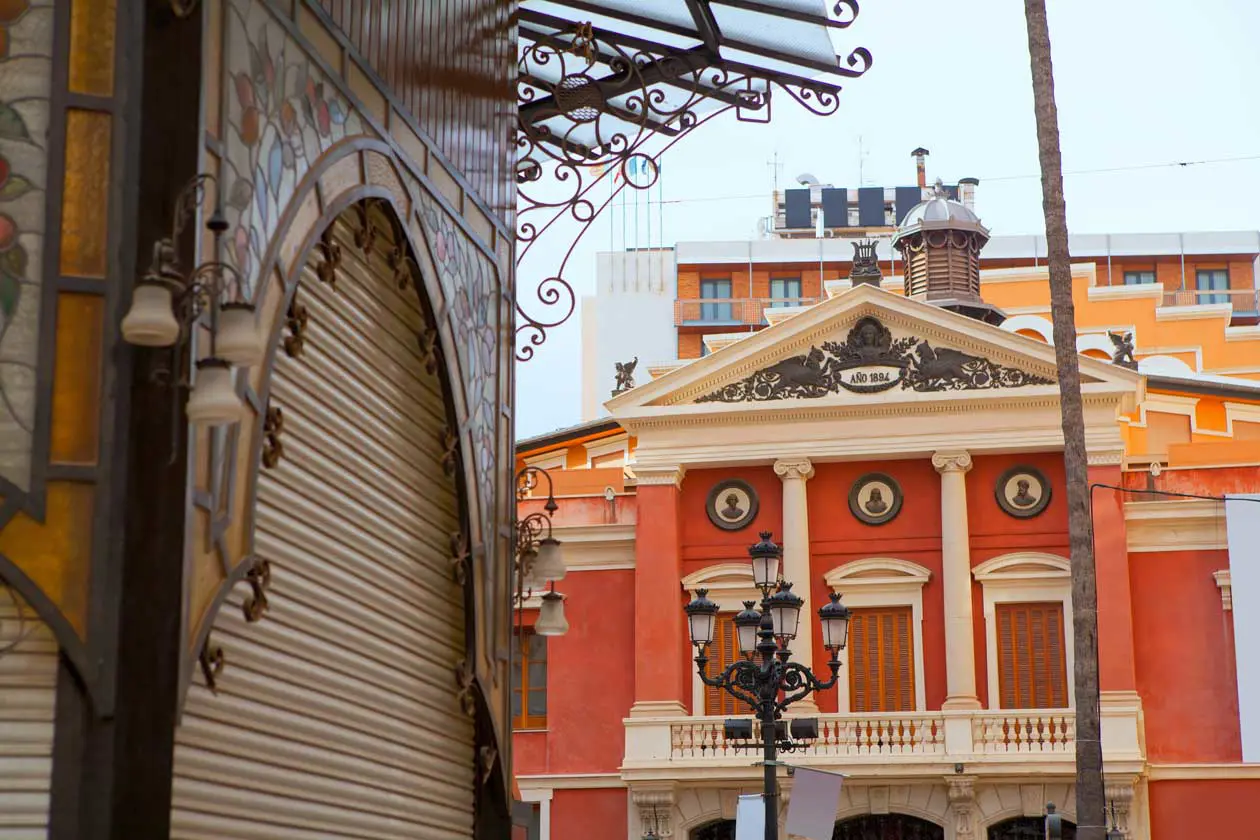
The architecture of the Main Theater, inaugurated in 1894 and designed by the architect Godofredo Ros de Ursinos, is of sober elegance, trapezoidal in shape with Greco-Roman architectural elements such as columns and a pediment. Meanwhile, the Post Office building with modernist architecture is located in Plaza de Tetuán, and was erected in 1932 by the architects Demetrio Ribés Marco and Joaquín Dicenta Vilaplana with Neo-Mudéjar style facades flanked by two turrets crowned with Neo-Gothic style pinnacles.
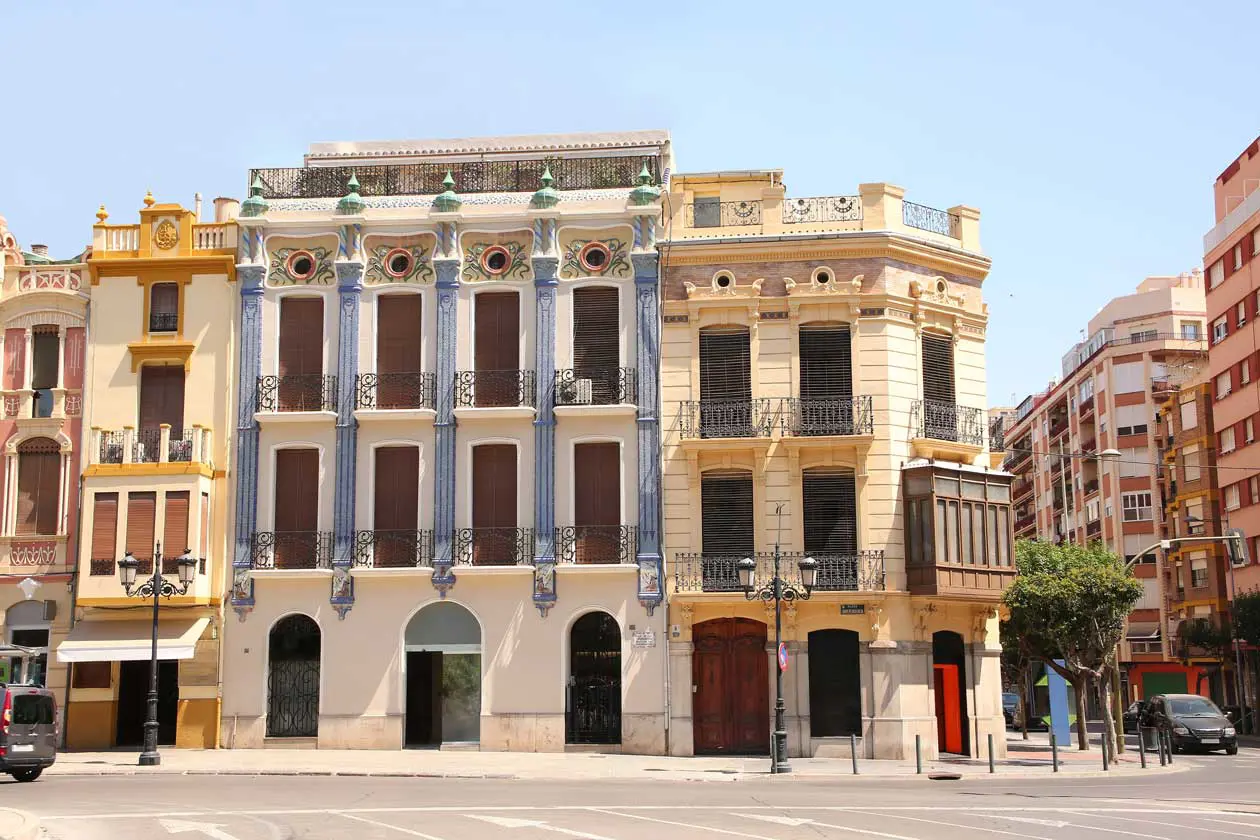
Another emblem of the city is La Farola, a set of modernist buildings constructed by the architect Maristany: Casa Xillida (Plaza de la Independencia, 4) with Neoclassical ornaments and built between 1914 and 1915 and restored by Vicente Traver in 1934; Casa Alcòn (Plaza de la Independencia, 5) built by Manuel Montesino in 1913 with decorations in different styles; Casa De Les Cigonyes (Plaza de la Independencia, 7) from 1912 in Liberty style with ceramic ornaments and storks on the facade; Casa Calduch (Plaza de la Independencia, 8) a building from 1903 in eclectic style with ornamental motifs on the facade.
Piaca de la independiencia with modernist buildings in Castellon de la Plana. Photo: Copyright © Sisterscom.com / Depositphotos
Among the sources of cultural offerings in the city are the Museum of Fine Arts, the Contemporary Art Museum of Castelló Space (EACC), and the Main Theater. The Museum of Fine Arts, inaugurated in 2001, displays paintings from the atelier of Zurbarán transferred from Castelló's Royal Convent of Capuchin Nuns with rooms dedicated to archaeology, ethnology, and Valencian ceramics. The building, designed by architects Mansilla + Tuñón, has won architectural awards and is an iconic symbol of the city.
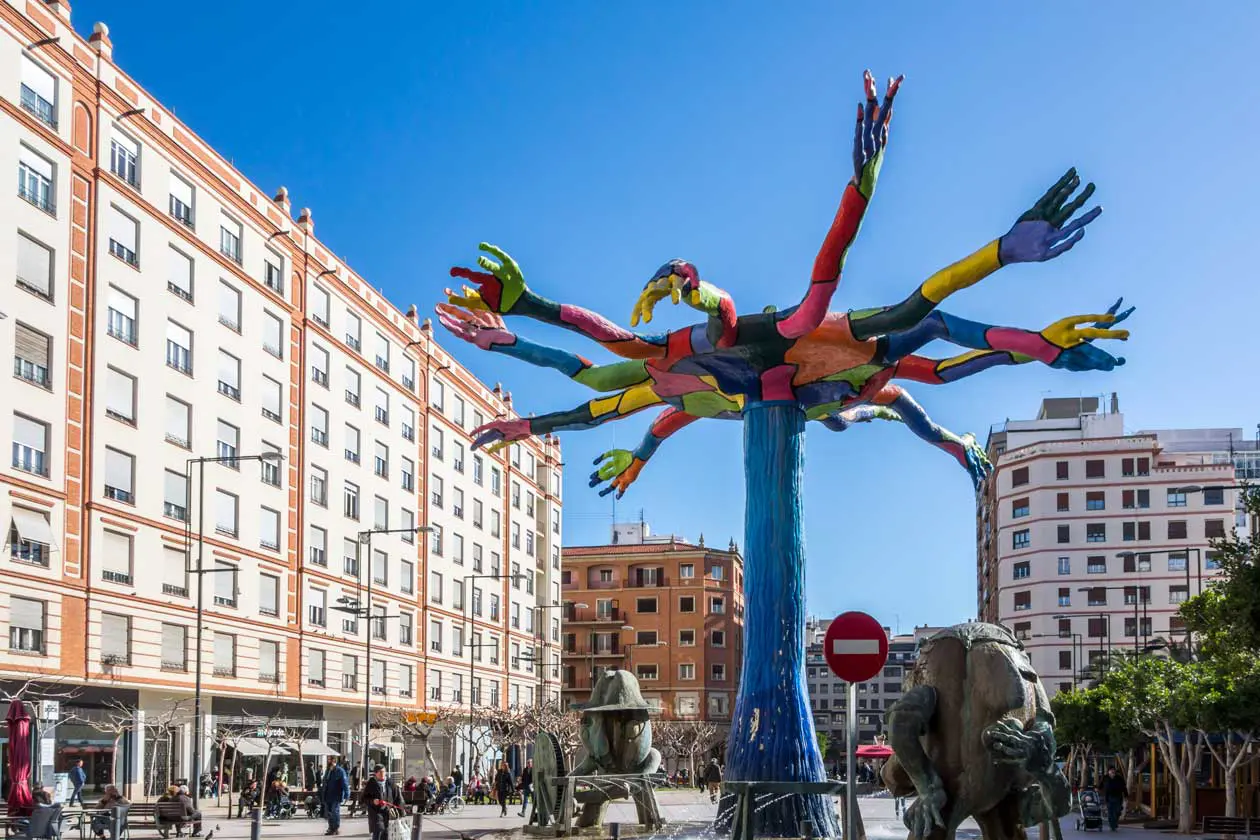
Fountain of sculptures by Juan Ripollés in plaza Huerto Sogueros, Castellon de la Plana, Spain. Photo: Copyright © Sisterscom.com / Depositphotos
Meanwhile, Espai d'art contemporani de Castelló (EACC) is a contemporary art space, opened in 1999 that offers exhibitions, films, music, lectures, workshops, and events. At the Ethnological Museum, housed in a noble 18th-century palace, the evolution of traditional trades of the city is discovered, including agricultural work and the lives of the city's inhabitants.
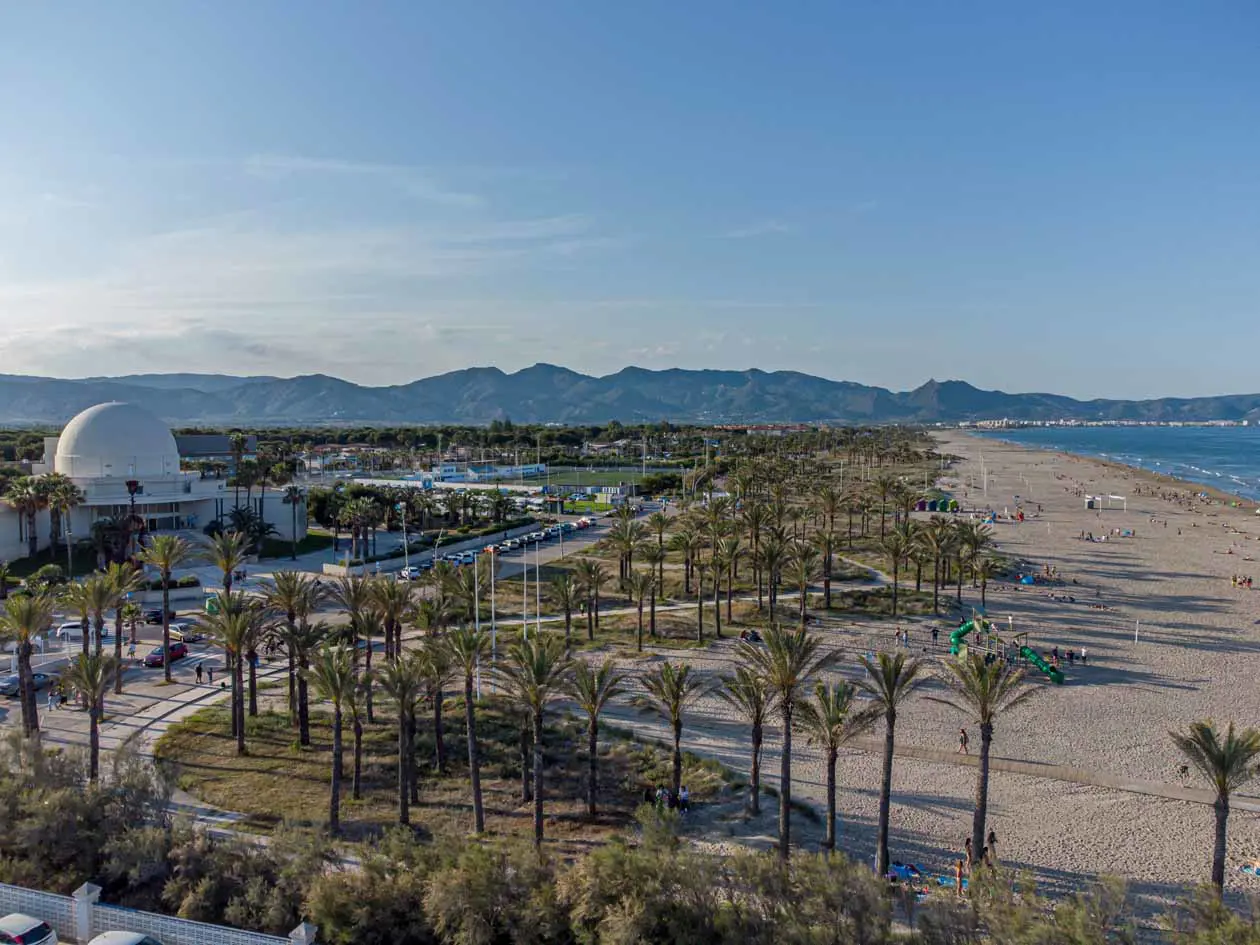
Playa del Pinar: the beach with the sea and the Planetarium and the mountains on the horizon in Castellon de la Plana. Photos for editorial use only: Copyright © Castelló Turismo
At the beginning of the Promenade, the Castellón Planetarium is visited with its white dome, the Statue La Hembra del Mar by local sculptor Juan Ripollés at the entrance. In front of the Planetarium is the Litoral Park, a green area with a beach by the sea and the Grao Lighthouse in the middle of the recreational area of Puerto Azahar, the most important tourist spot in Grao, particularly popular in the summer.
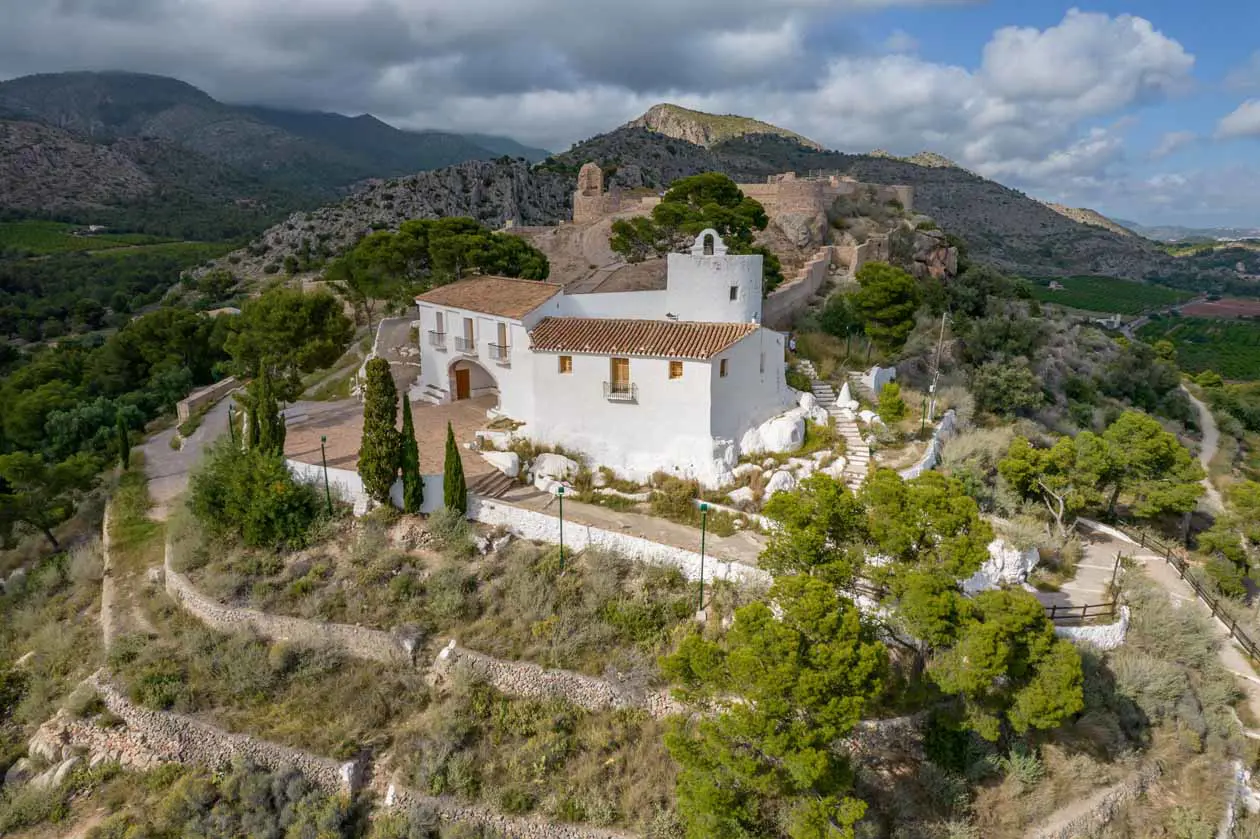
Ermita Magdalena y Castell Vell. Photos for editorial use only: Copyright © Castelló Turismo
Outside the city center (about 7 km away), one can visit Castell Vell, an Andalusian fortress on the hill of La Magdalena where the ruins and a chapel dedicated to Mary Magdalene partially carved into the rock that houses paintings from the late 14th century can be admired. Next to it is the Sanctuary of the Magdalena, one of the most important in Valencia. For a break in the green, one can go to the recreational park Pinar De Castello with Aleppo pines, where cultural activities and events also take place.
The beaches of Castellón de la Plana
Just four kilometers from the city center is the sea with the maritime district of Grau and the port. The three beaches of Castellón de la Plana are among the best in Spain, for the quality of the water, services, and recreational activities. Water sports are practiced on the beaches and, in the summer, theatrical performances, concerts, and film screenings on the beach are attended.
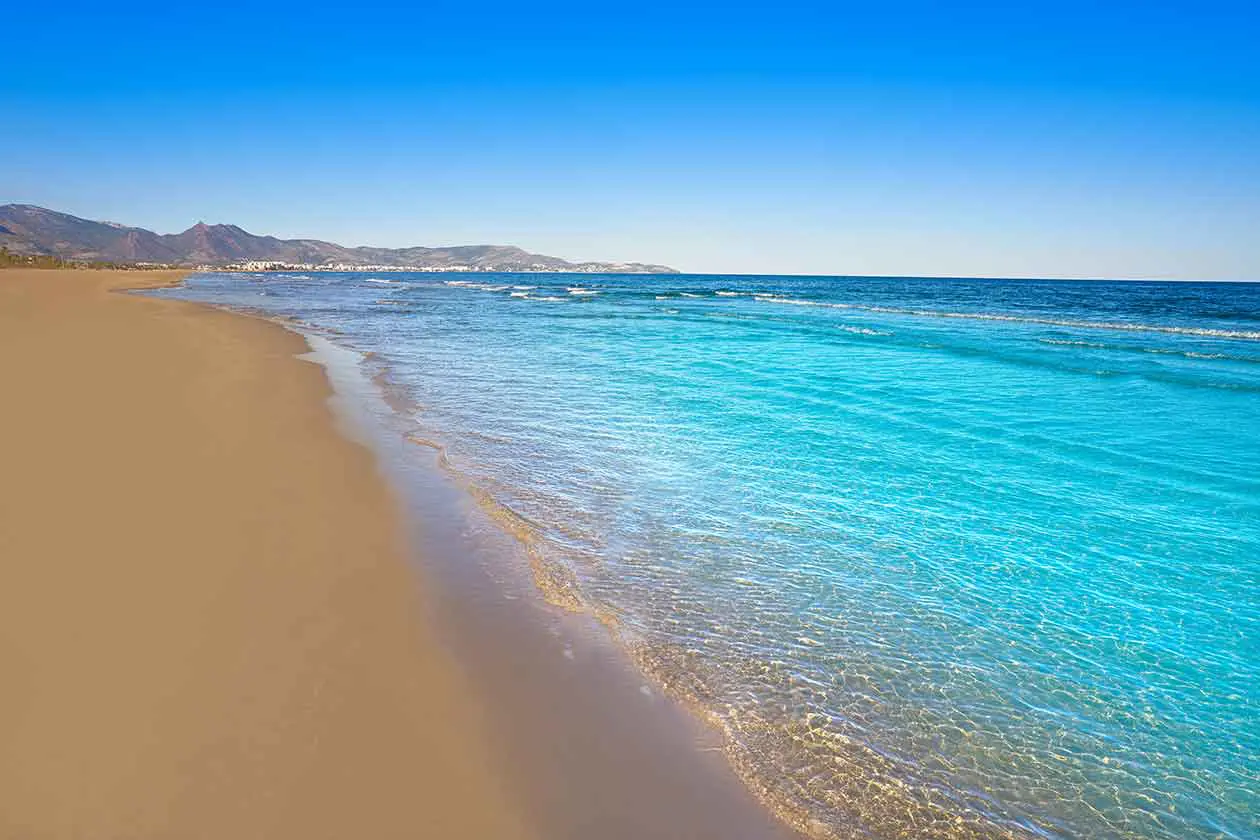
Pinar Beach is the northernmost beach from the port and is wide with green areas such as the Litoral Park, where the Planetarium is located. Gurugú Beach is near the Passeig Marítim that runs along the road between Castelló and Benicàssim and, during the summer, offers leisure activities and events such as the Festivities of Saint John. Serradal Beach extends from the mouth of the Sec River to the beginning of the municipality of Benicàssim and hosts a protected area for the dunes.
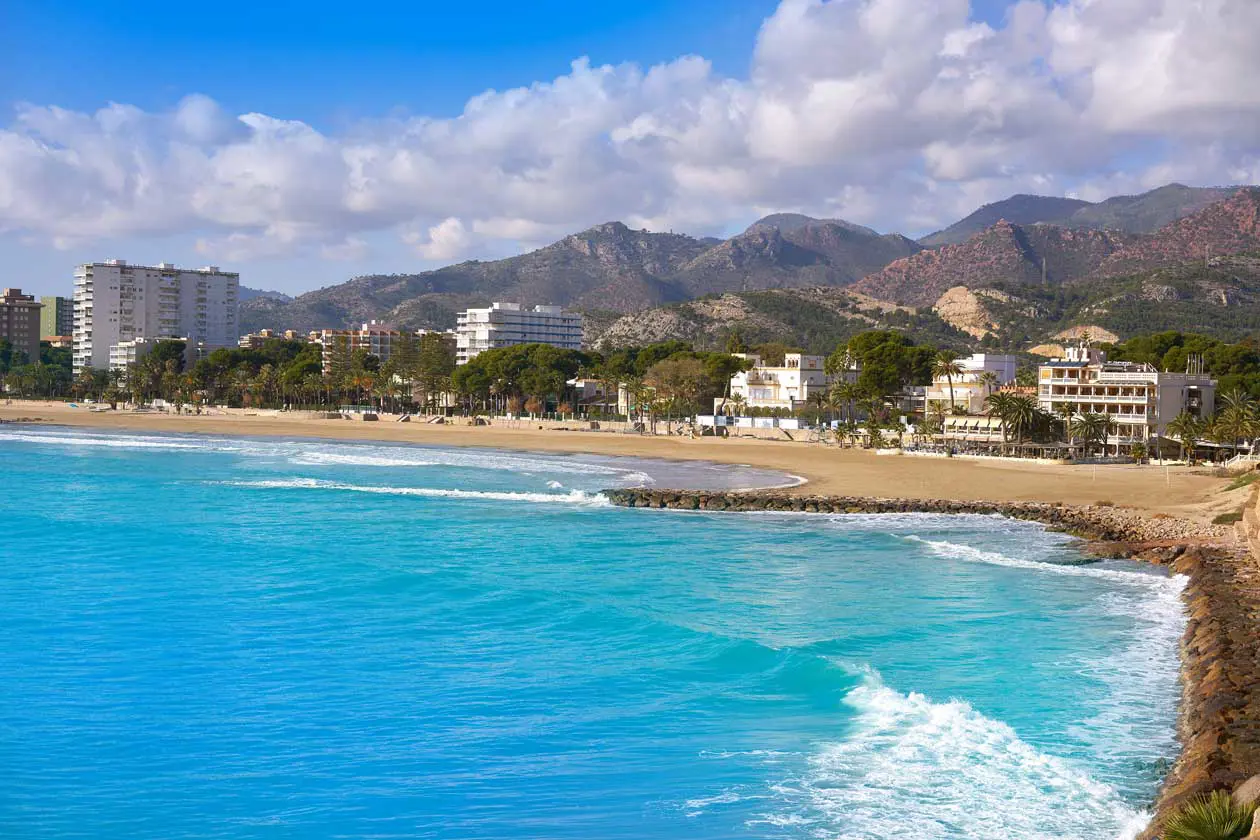
Benicassim Voramar playa, beach a few kilometers from Castellon de la Plana. Photo: Copyright © Sisterscom.com / Depositphotos
The lively city is also rich in festivals and popular events. The most important festival is that of Magdalena, which celebrates Maria Magdalena with festivities every third Saturday of Lent and for more than a week. The Festivals of the Magdalena have been declared of international character and tourist interest and begin with a procession followed by concerts, bullfights, fireworks, and culminate with the parade of the Gaiates, with illuminated carriages.
During the holiday in the city, shopping can be done in the various shops in the historic center, in shopping malls or in traditional markets where you can also buy typical products or stop to taste them in the various local restaurants.
The cuisine of Castellón de la Plana
In the typical dishes of Castellón de la Plana, dishes of rice, sardines, clams, cuttlefish, prawns, and seafood from the fish market of Grau are tasted. Try the rice dish Arrocito de Castelló with anglerfish (sepionet de la punxa), king prawns, and artichokes.
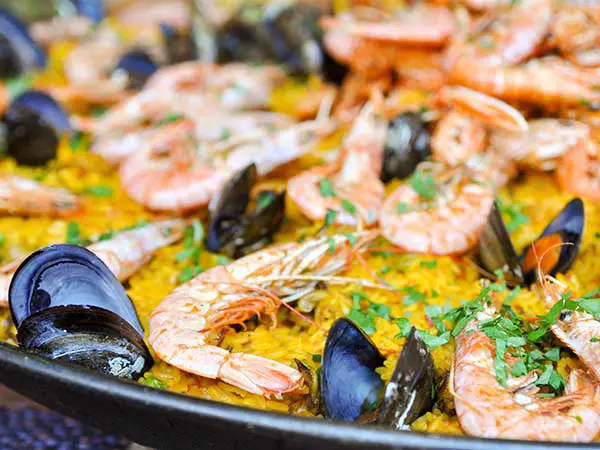
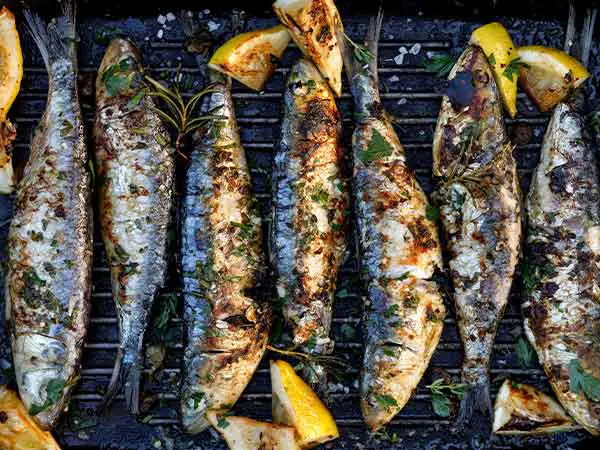

Other typical dishes are: chicken and rabbit paella or seafood paella; fideuà (thin dry noodles with fish broth and seafood); rice arroz a banda and baked rice; olleta de la Plana, a stew based on vegetables; the Torrá de la sardina, with grilled sardines, bread, and wine. Finally, homemade desserts: anise rolls, sponge cake, fadrinets, sweet potato cakes, and the famous coca malfeta, a shortcrust pastry made with eggs, sugar, milk, and lemon. But undoubtedly the protagonist of the pastry is the pelotas de fraile, a delicious fried bun stuffed with pastry cream and covered with sugar.
Text by Nicole Villa
Avion Tourism Magazine
Photos for editorial use only: Copyright © Sisterscom.com / Depositphotos
Photos for editorial use only: Copyright © Castelló Turismo
Tourism Board
www.castellonturismo.com
Partnership with Booking.com
Where to sleep in Castellón de la Plana
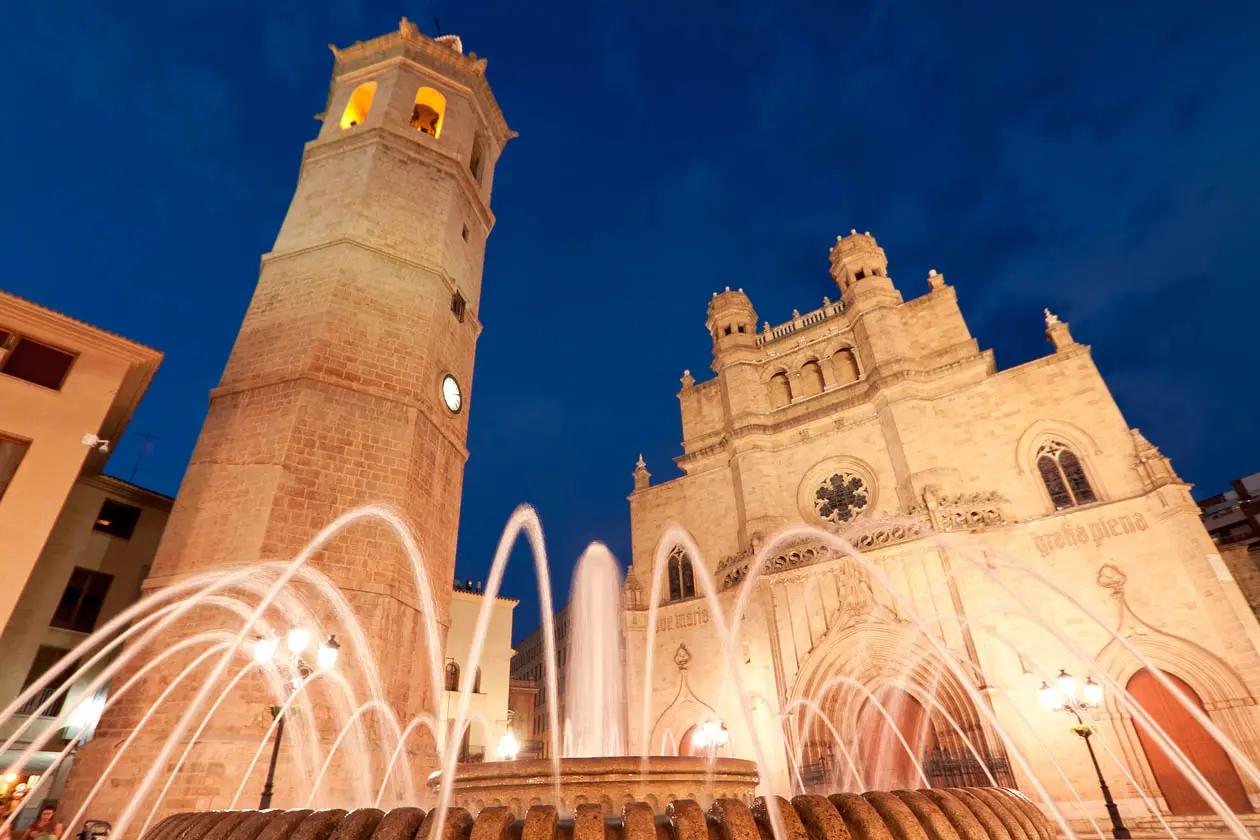
Castellón de la Plana. Photo: Copyright © Sisterscom.com / Depositphotos
Castellón de la Plana offers various options for staying in facilities equipped with the best services.
To find the ideal hotel and the best offers you can do a search by stars but also by places of interest.
To find the ideal hotel and the best offers you can do a search by stars but also by places of interest.
HOUSES, B&Bs AND HOSTELS
Stays in houses, B&Bs and hostels:
LANDMARKS
Hotels in tourist areas
WHERE TO GO IN CASTELLÓN DE LA PLANA
Tourist attractions in Castellon de la Plana
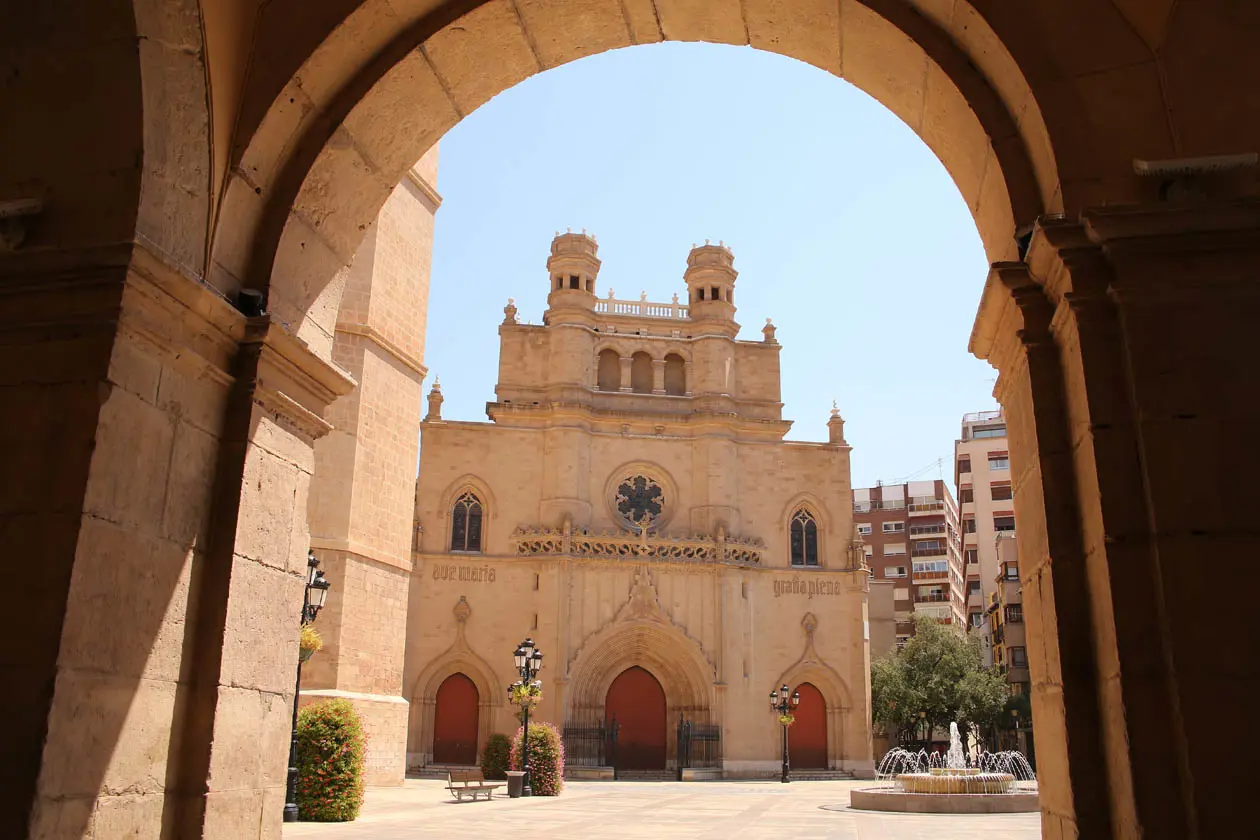
Cathedral of Santa María la Mayor in Castellón de la Plana Photo: Copyright © Sisterscom.com / Depositphotos
Cathedral of Santa María la Mayor in Castellón de la Plana
The Cathedral of Santa María la Mayor in Castellón de la Plana, located in the heart of the historic center, is an important religious and architectural symbol of the city. Its original construction dates back to the 13th century, but the current building is the result of numerous restorations and reconstructions over the centuries, especially following the devastating fire of 1936 during the Spanish Civil War. The cathedral features a Neo-Gothic style, characterized by architectural elements such as tall spires, stained glass windows, and intricate decorative details. The main facade, imposing and majestic, is adorned with a large rose window and three sculpted portals, each representing detailed religious scenes. Inside, the cathedral is equally captivating, with a spacious three-aisle layout divided by elegant columns. The presbytery is dominated by an elaborately crafted high altar, adorned with sculptures and sacred art. The side chapels, each with its own altar and unique decorations, offer spaces for prayer and reflection.
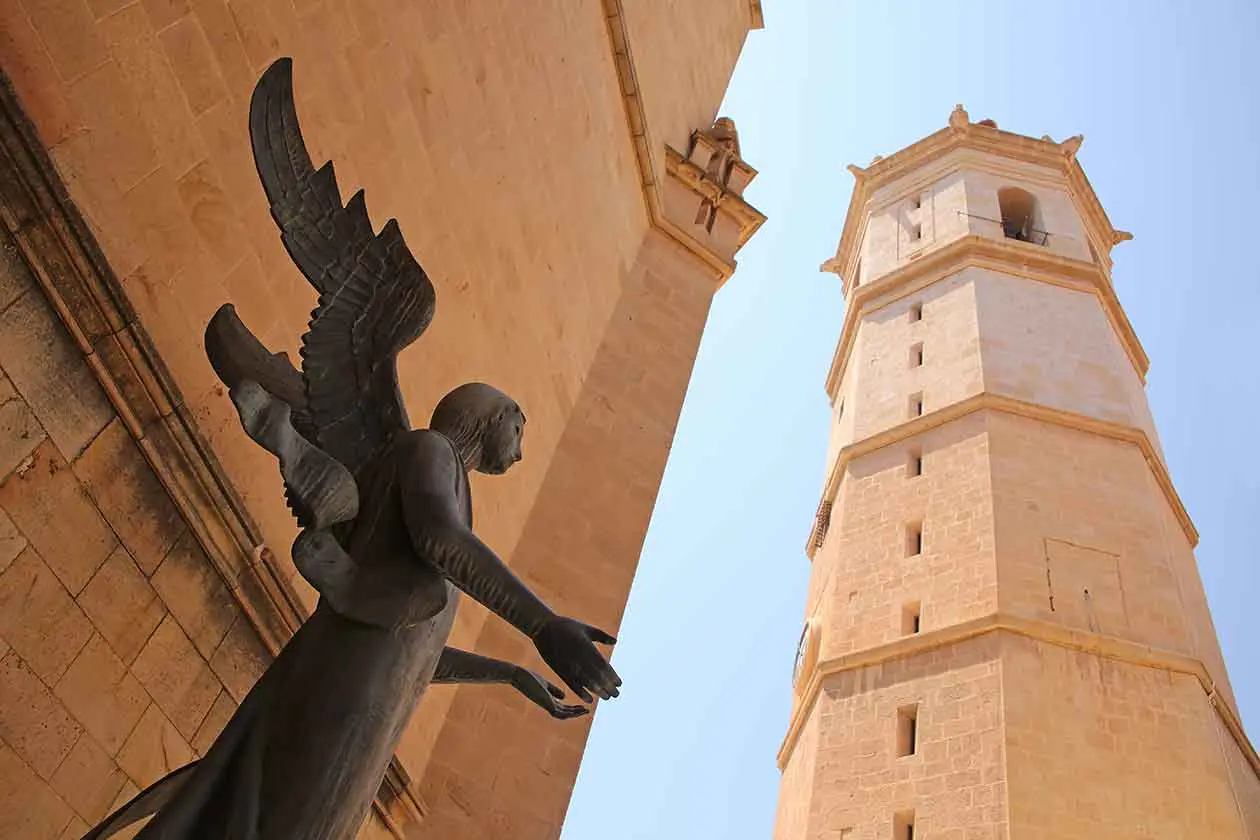
El Fadrí Bell Tower in Castellón de la Plana Photo: Copyright © Sisterscom.com / Depositphotos
El Fadrí Bell Tower in Castellón de la Plana
One of the most distinctive features of the Cathedral of Santa María la Mayor is the separate bell tower known as El Fadrí, located adjacent to the church. This octagonal tower, approximately 60 meters tall, is an icon of Castellón de la Plana and offers panoramic views of the city and its surroundings. The El Fadrí Bell Tower was constructed between 1440 and 1604, in the heart of the historic center, and is an example of Valencian Gothic architecture. The tower consists of four levels. The first level features an adorned entrance and pointed-arch windows, while the upper levels boast elegant balconies and windows with semicircular arches. An internal spiral staircase allows visitors to climb to the top, where a balcony offers spectacular panoramic views of the city and the surrounding countryside. On the fourth level, the bells are housed, marking time and local holidays with their chimes. The construction of El Fadrí was initiated by Pere Blai, a renowned architect of the period, and continued by several other architects over the centuries.
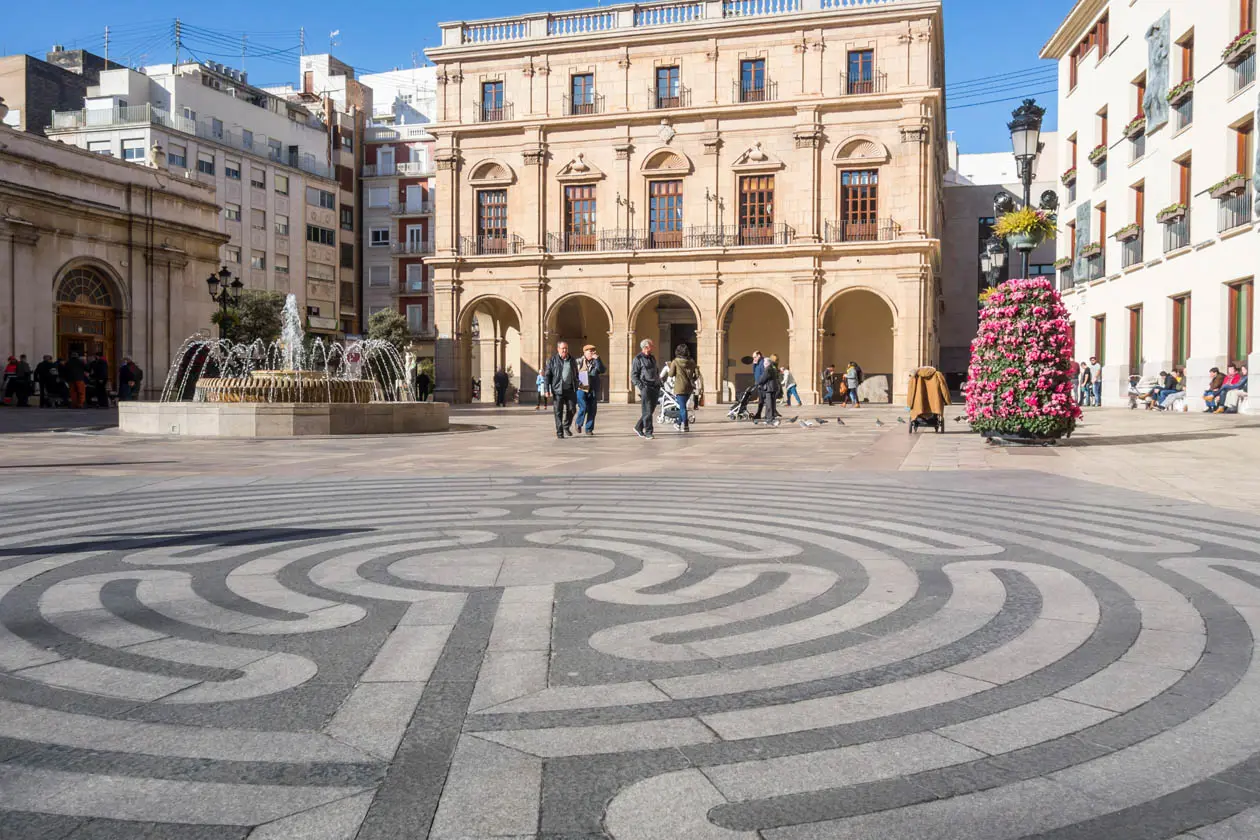
Plaza Mayor in Castellón de la Plana Photo: Copyright © Sisterscom.com / Depositphotos
Plaza Mayor in Castellón de la Plana
Plaza Mayor in Castellón de la Plana is the vibrant heart of the city, a lively and historic meeting place that reflects the rich tradition and local culture. Located in the historic center, the square is surrounded by some of the city's most iconic buildings, including the Cathedral of Santa María la Mayor, the El Fadrí bell tower, and the modern Town Hall building. The square features a large pedestrianized area, perfect for strolling and enjoying the urban atmosphere. At its center is a large fountain, often a gathering spot for both residents and tourists. Throughout the year, Plaza Mayor hosts markets, festivals, concerts, and events, making it a constantly lively and dynamic location. Cafés and restaurants with outdoor seating around the square provide opportunities to savor local cuisine. Additionally, the square serves as an ideal starting point for exploring the historic streets and shops of Castellón de la Plana.
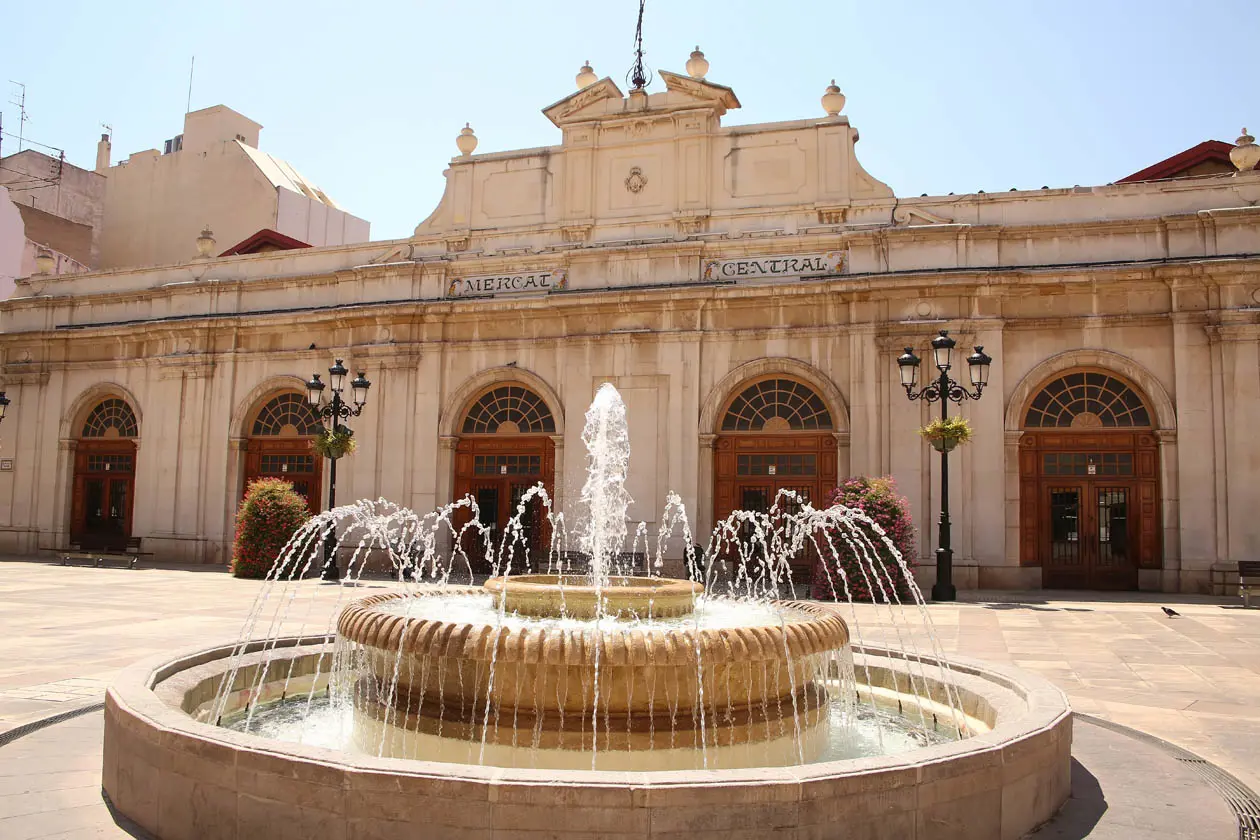
Central Market of Castellón de la Plana Photo: Copyright © Sisterscom.com / Depositphotos
Central Market of Castellón de la Plana
The Central Market of Castellón de la Plana is a vibrant hub of commerce and culture, located in the heart of the city. This historic building, constructed in 1949, is a magnificent example of rationalist architecture, characterized by clean lines, large glass windows, and a functional structure designed to maximize space and natural light. Inside, the market is a hive of activity, with stalls offering a wide range of fresh and local products. Seasonal fruits and vegetables, meat, fish, cheeses, cured meats, bread, and pastries are displayed invitingly, creating a kaleidoscope of colors and aromas that attract both residents and tourists. In addition to food products, the Central Market also hosts stalls selling flowers, spices, handicrafts, and other local specialties. This mix of offerings makes the market an ideal place to discover the richness of Castellón de la Plana's culinary and cultural traditions.
Tours and excursions in Castellón de la Plana
Between beaches, sea, water sports, cycling paths, and trekking routes, the city of Castellón de la Plana is ideal for outdoor sports, including aviation for enthusiasts who can practice at the Aeroclub de Castellón near the beach. Also the Ribalta Park in the heart of the city for a break in greenery.
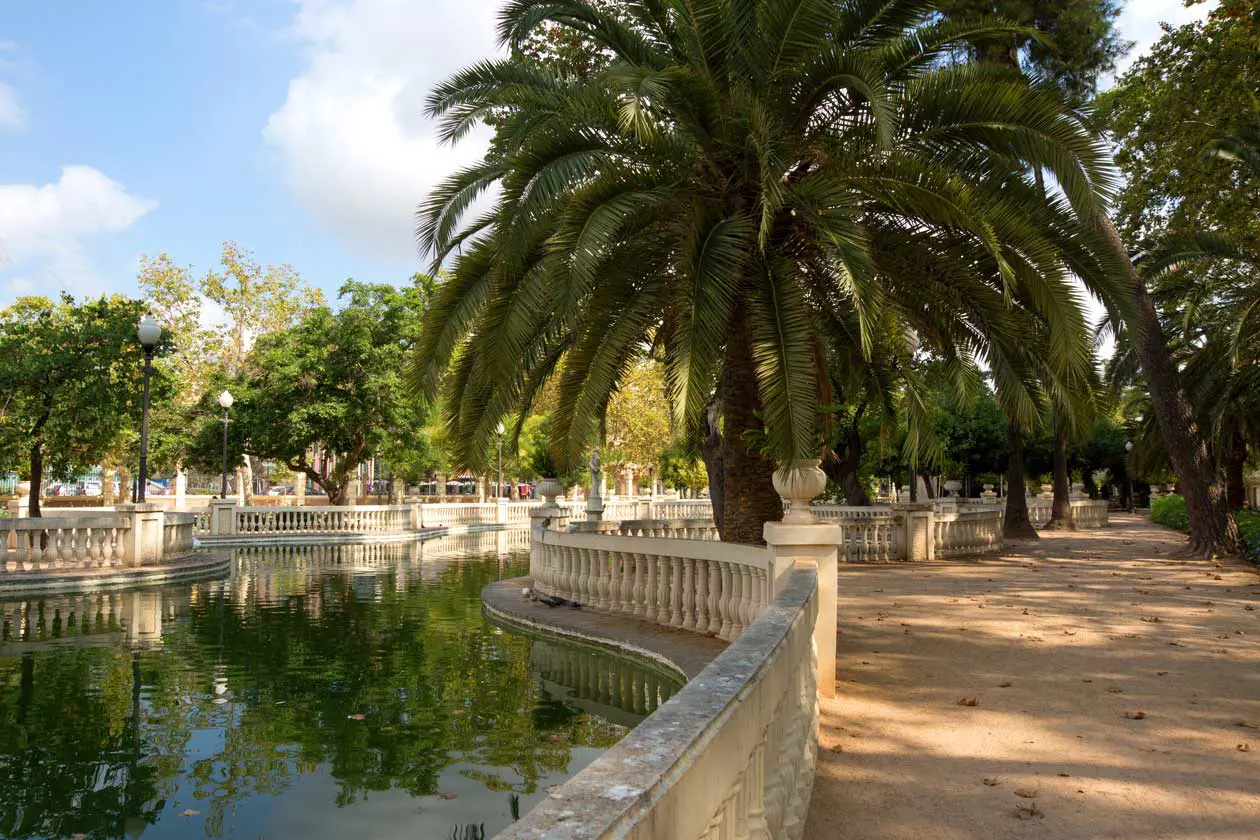
Ribalta Park in Castellon del la Plana Photo: Copyright © Sisterscom.com / Depositphotos
In the maritime district of Grau, Plaça del Mar is a meeting point featuring the Royal Sailing Club, fishing docks, restaurants, shops, pubs, and boats departing for excursions to the Columbretes Islands or coastal routes. In Plaza del Mar, one can also admire the Moruno Building, in Arab style, home to the Port Castellón Foundation where exhibitions and events are held, and the Museum of the Sea (Museu de la Mar) with a permanent collection on the maritime culture and tradition of the city.
Just a few kilometers from the center, enthusiasts of naturalistic tourism can visit the Columbretes Islands, a protected natural reserve with rare animal and plant species, consisting of islets and volcanic rocks about 56 km off the coast of Castellón: Illa Grossa, the only island inhabited by environmental guards, La Ferrera, La Foradada, and El Carallot. For those who love hill walking, trekking, or mountain biking, the nearby Desierto de las Palmas mountain is a natural space with ruins and buildings of interest, such as Miravet, the castles of Montornés and Castell Vell, as well as the hermitages of Santes and Magdalena.
Partnership with GetYourGuide
Discover all the tours and excursions
You might be interested in
Destinations found in the vicinity
Other destinations
Airports nearby Castellón de la Plana



